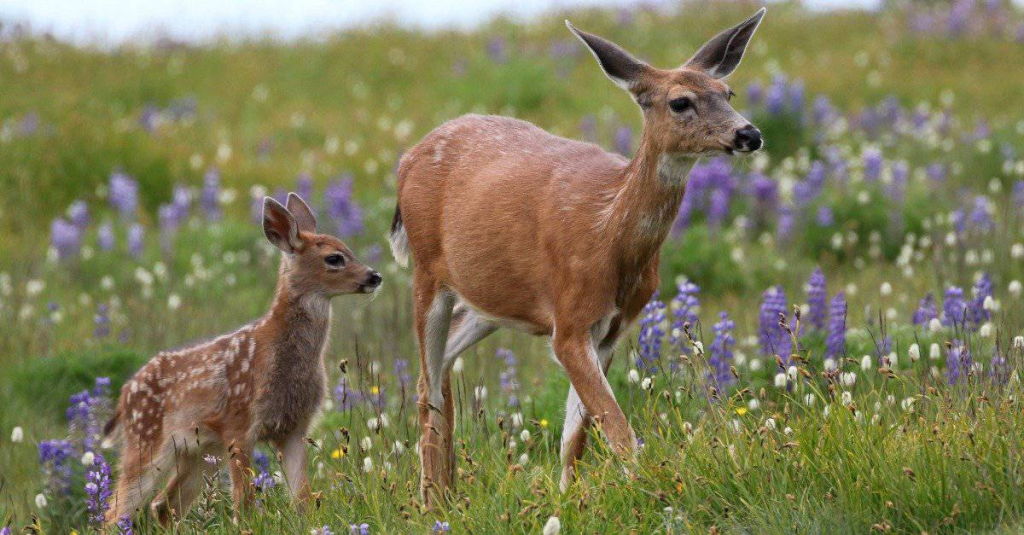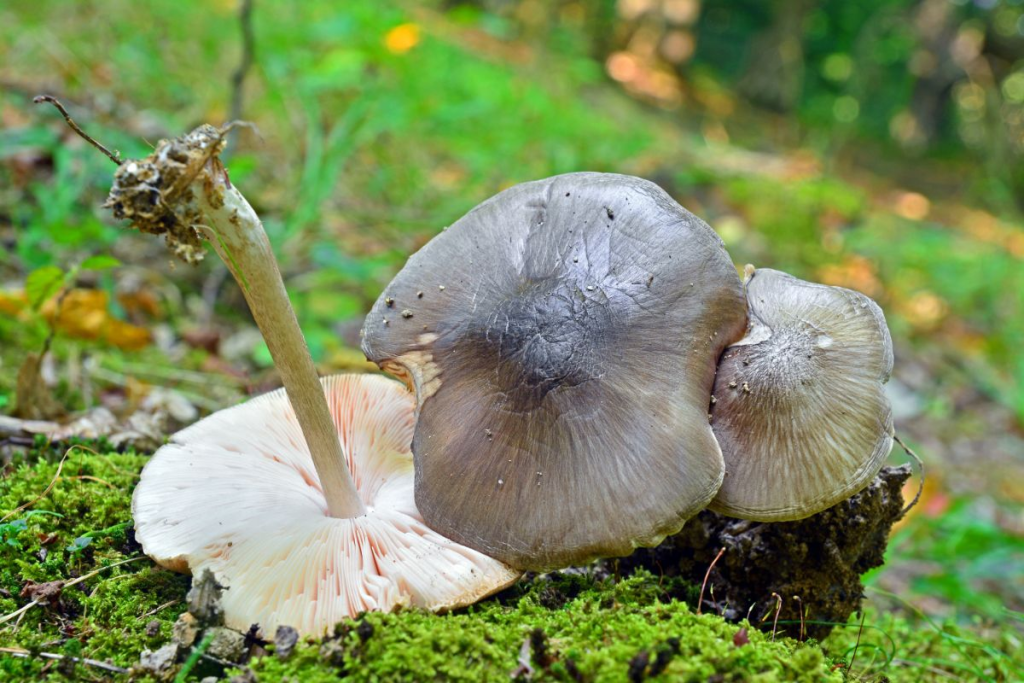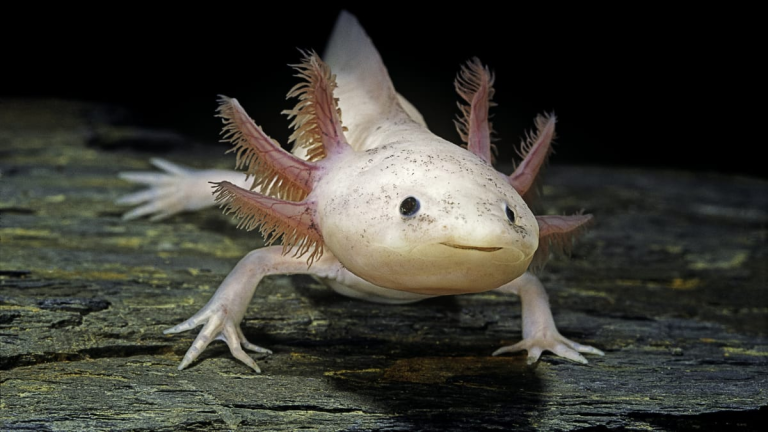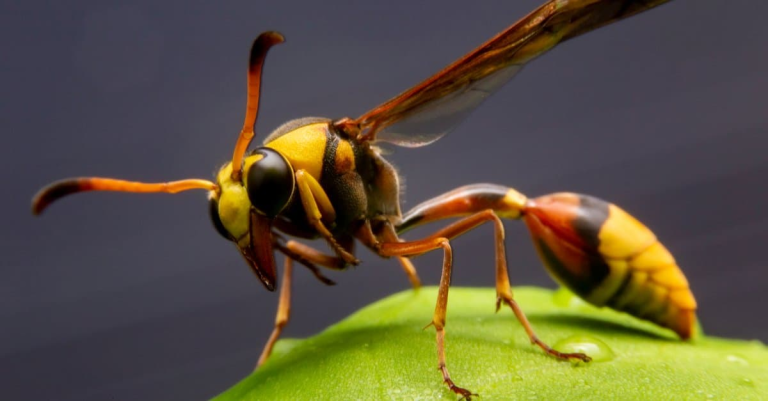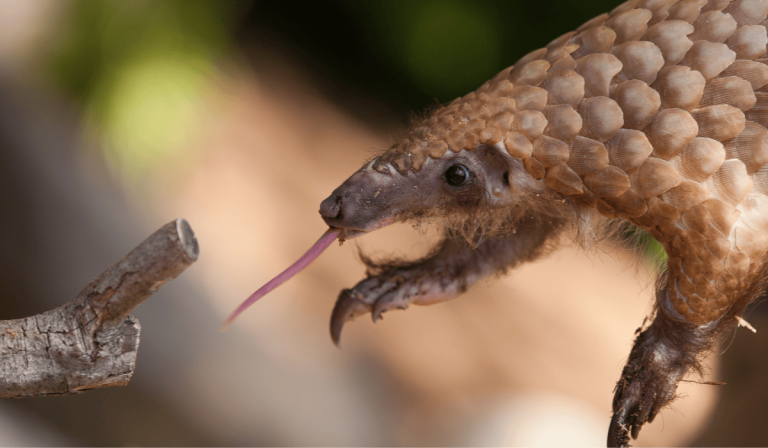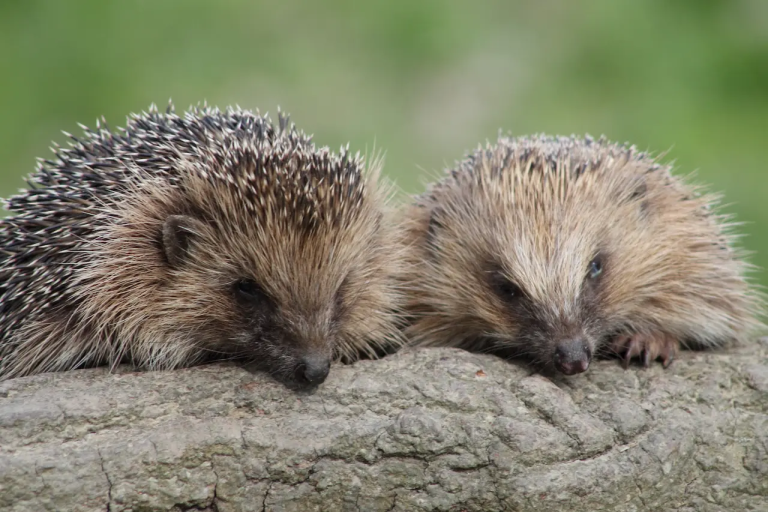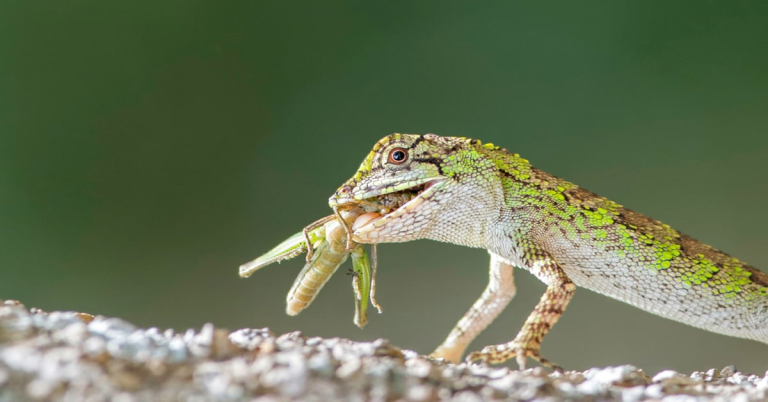Do Deer Eat Mushroom Patches? A Complete Scientific Guide to Deer, Fungi, and Forest Foraging
When hikers walk through a damp forest and spot a cluster of bright mushrooms half-eaten, their first guess is often: “Maybe deer ate them?”
And surprisingly — they’re usually right.
Deer absolutely eat mushrooms, including many species that humans consider poisonous. Mushroom patches are a natural part of their diet, especially in the late summer and fall when fungal growth peaks. Understanding why deer consume mushrooms requires a deeper look into deer digestive biology, forest ecology, fungal diversity, and seasonal foraging strategies.
This comprehensive 3000-word guide explores the fascinating relationship between deer and mushrooms — what species they eat, why they eat them, how they digest them, and whether it’s safe for them to consume fungi that could kill a person.
Why Do Deer Eat Mushrooms?
Deer eat mushroom patches for several reasons tied to survival, nutrition, and seasonal needs.
1. Mushrooms Provide High Nutritional Value
Wild mushrooms offer:
- High moisture content (80–90%)
- Easily absorbed carbohydrates
- Protein (much higher than most plants)
- Important minerals such as potassium, copper, and selenium
- Vitamins including B-vitamins
- Digestible fiber
In late summer and fall, deer need to build fat stores for winter. Mushrooms provide dense calories with minimal foraging effort.
2. Mushrooms Are Easy to Digest
Because deer are ruminants, their four-chambered stomach — especially the rumen — contains microbes that break down cellulose, plant toxins, and fungal cell walls. This means mushrooms pass through their system very efficiently.
3. Mushrooms Are Abundant and Low-Risk to Access
Unlike acorns or berries (highly competitive food sources), mushrooms:
- Don’t grow on trees
- Aren’t buried
- Aren’t fought over by many large animals
- Are extremely abundant after rainfall
Mushroom patches are easy for deer to locate and eat.
4. Deer Have a High Tolerance for Fungal Toxins
Most toxins in mushrooms are designed to deter mammals, but deer are surprisingly resistant due to:
- Specialized liver enzymes
- Microbial detoxification in the rumen
- Fast digestive turnover
This makes them able to eat mushrooms that would make humans violently ill.
Do Deer Eat Poisonous Mushrooms?
Yes — deer frequently consume mushrooms toxic to humans.
This includes species like:
- Amanita muscaria (Fly agaric)
- Amanita pantherina
- False parasol mushrooms
- Jack-o’-lantern mushrooms
- Certain puffballs
- Boletes that are toxic to humans
Studies have shown deer nibbling even the famously toxic Amanita muscaria with no signs of poisoning.
Why aren’t deer affected?
1. Microbial detoxification in the rumen
Their rumen microbes break down many toxins before they reach the bloodstream.
2. Faster metabolism and shorter digestion time
Poisonous compounds pass through before accumulating.
3. Liver enzyme adaptation
Ruminants have strong detoxification pathways built for survival in wild habitats.
4. Evolutionary exposure
Deer have eaten toxic plants and fungi for millions of years, adapting along the way.
Are deer completely immune?
Not entirely. They usually avoid:
- Extremely bitter mushrooms
- Highly toxic species in large quantities
But accidental poisonings in deer are extremely rare.
What Types of Mushrooms Do Deer Commonly Eat?
While deer may eat many species, they show preferences.
1. Boletes (Porcini-Type Mushrooms)
Deer love boletes because they’re:
- Soft
- Moist
- High in protein
- Grows in large patches
Many mushroom hunters complain that deer reach the porcini before humans do.
2. Puffballs
Easy to spot and graze on. Young puffballs are particularly appealing.
3. Russula species
Brittle gills make them soft and easy to chew.
4. Amanita species
Including some toxic ones. Deer often nibble caps or bite half-circles out of them.
5. Oyster mushrooms (when low on trees)
If they grow within deer height, they’ll eat them.
6. Morels (rare but prized)
Deer absolutely love morels — especially black and yellow morels.
7. Shelf fungi on fallen logs
They eat softer polypores or young brackets.
What mushrooms do deer avoid?
- Very tough bracket fungi
- Extremely bitter-tasting species
- Old, decaying mushrooms
Do Deer Seek Out Mushroom Patches Seasonally?
1. Summer
High rainfall increases mushroom growth. Deer graze casually.
2. Fall (Peak Mushroom Feeding Season)
Deer intentionally seek mushroom patches because they need:
- Energy for the rut
- Fat reserves for winter
- Hydration
Mushrooms are some of the most nutritionally dense foods available during this time.
3. Winter
Mushrooms are scarce — buried under snow. Deer rely on woody browse instead.
4. Spring
Occasional consumption, including morels in forested areas.
Why Deer Eating Mushrooms Matters for the Ecosystem
Deer do more than eat mushroom patches — they’re part of fungal ecology.
1. Deer Spread Fungal Spores
When deer chew mushrooms, spores stick to:
- Their saliva
- Their snout
- Their hooves
- Their fur
Spores are carried across miles, helping fungi colonize new areas.
2. Their Droppings Fertilize Fungal Colonies
Deer scat enriches the forest floor with:
- Nitrogen
- Organic matter
- Water retention capacity
Mushrooms often grow near old deer trails.
3. Deer Control Fungal Competition
By eating dominant species, they reduce fungal overgrowth and maintain species diversity.
How to Tell If Deer Are Eating Mushroom Patches in Your Area
Signs deer have visited your mushroom patch:
1. Half-moon bite marks
Deer leave smooth, curved bites along the edges.
2. Torn caps with missing edges
They often nibble the cap first.
3. Crushed stems or trampled ground
Deer rarely sit — but they step heavily.
4. Deer scat nearby
Small oval dark pellets.
5. Tracks shaped like upside-down hearts
Classic deer hoof prints.
6. Mushrooms eaten to the base
Especially boletes and puffballs.
Are Mushrooms Good for Deer Health?
Health Benefits of Mushrooms for Deer
- High protein content
- Hydration
- Immune support from beta-glucans
- Antioxidants reduce inflammation
- Minerals support antler growth
Potential Risks
While rare:
- Some mushrooms may irritate deer stomachs
- Moldy, decaying mushrooms can harm deer
- Extremely toxic species consumed in excess might overwhelm detox systems
But overall, mushrooms are a valuable wild food source.
Do Deer Eat Mushroom Patches in Residential Yards?
Yes — especially if your yard is near forest or brush.
Reasons deer love yard mushrooms:
- Less competition
- Soft soil ideal for fungal growth
- Shaded areas
- Irrigated lawns produce frequent mushroom flushes
If mushrooms disappear overnight, deer may be the culprit.
Should You Remove Mushrooms to Prevent Deer from Entering Your Yard?
If you want deer gone, you can:
- Remove mushrooms immediately after rain
- Reduce irrigation
- Trim shade trees
- Fencing (8-foot minimum)
If you want to attract deer, leaving mushrooms is helpful.
Do Deer Eat Magic Mushrooms?
It’s rare but documented.
Deer have been seen eating:
- Psilocybe species
- Gymnopilus species
- Panaeolus species
They do not appear intoxicated, likely due to:
- Microbial breakdown of psilocybin
- Rapid rumen detoxification
Animals like reindeer and elk are also known to eat psychedelic fungi.
Why Some Mushroom Hunters See Deer More Often in Mushroom Season
Because both species follow:
- Moisture
- Shade
- Patches of decaying organic matter
- Forest microclimates ideal for fungi
Where mushrooms grow, deer follow.
How to Use Mushroom Patches to Predict Deer Movement
Mushroom-rich locations often overlap with:
- Bedding areas
- Morning feeding spots
- Transitional travel corridors
- Moist drainages
- Oak-maple forests
Hunters sometimes track mushroom patches to understand deer feeding patterns.
Conclusion
Yes — deer absolutely eat mushroom patches.
Mushrooms are a natural part of their diet and offer nutrients they need to survive. Their evolved digestive system, microbial gut community, and adaptive liver enzymes allow them to safely eat species toxic to humans. Mushrooms play a role not just in deer nutrition but in forest ecology, fungal dispersion, and seasonal feeding strategies.
Understanding this deer–fungus relationship reveals just how interconnected forest ecosystems truly are.
FAQ: Do Deer Eat Mushroom Patches?
1. Do deer actually eat mushrooms in the wild?
Yes. Deer commonly eat mushrooms in the wild, including wild fungi and naturally occurring mushroom patches. Mushrooms provide moisture, protein, and minerals that help deer survive seasonal food shortages.
2. Are mushrooms safe for deer to eat?
Most mushrooms found in the wild are safe for deer because their digestive system is well adapted to breaking down natural toxins. Mushrooms that are poisonous to humans are not always toxic to deer.
3. Do deer eat poisonous mushrooms?
Yes, deer can consume certain poisonous mushrooms without getting sick. Their rumen contains microbes that help neutralize or break down compounds that are harmful to humans.
4. Why are deer attracted to mushroom patches?
Because mushroom patches provide:
- High protein content
- Essential minerals like selenium, potassium, and phosphorus
- Natural moisture (mushrooms are 80–90% water)
- A rich scent profile that deer can detect easily after rainfall
5. Will deer destroy my mushroom patches in the yard?
They might. Deer often eat both the mushrooms and the surrounding vegetation. If deer frequent your area, you may need fencing, netting, or repellents to protect your mushroom patches.
6. Do deer eat store-bought mushrooms?
They can. If you leave store-bought mushrooms outdoors, deer may eat them—though it’s not recommended to intentionally feed deer any human food.
7. Do mushroom patches attract deer to my property?
Yes. A yard or woodland area with abundant mushroom growth can attract deer, especially after periods of rain when mushrooms sprout rapidly.
8. How do I protect my mushroom patches from deer?
Effective methods include:
- A fence at least 6–8 feet tall
- Motion-activated lights or sprinklers
- Commercial deer repellents
- Strong natural scents like garlic, pepper, or vinegar
- Netting or low grow covers over mushroom beds
9. Do all deer species eat mushrooms?
Most do. White-tailed deer, mule deer, elk, sika deer, red deer, and roe deer all consume mushrooms when available.
10. Do deer prefer mushrooms over leaves or fruits?
Sometimes. When mushrooms are abundant—especially after rain—deer may choose them because they’re easier to digest and richer in moisture than many plants.
11. Are mushrooms a major part of a deer’s diet?
Not a primary food source, but an important supplemental food, especially in fall and late summer when mushrooms grow abundantly.
12. Do deer dig up underground mushrooms?
No. Deer only eat mushrooms growing above ground. Other animals, such as squirrels or wild boars, dig for underground fungi like truffles.
13. Can mushroom patches help deer survive winter?
Yes, but only early in the season. Mushrooms are rarely abundant during winter, but any remaining fungi on decaying logs or tree stumps can help deer maintain energy.
14. Do fawns eat mushrooms?
Young fawns rely mainly on milk. As they grow, they will sample mushrooms by observing and mimicking their mothers.
15. Should you intentionally grow mushrooms to feed wild deer?
Not recommended. Encouraging deer to feed near homes can lead to:
- Garden and landscape damage
- Increased road accidents
- Disease transmission among deer
If you want to support local wildlife, plant native shrubs and grasses instead.


